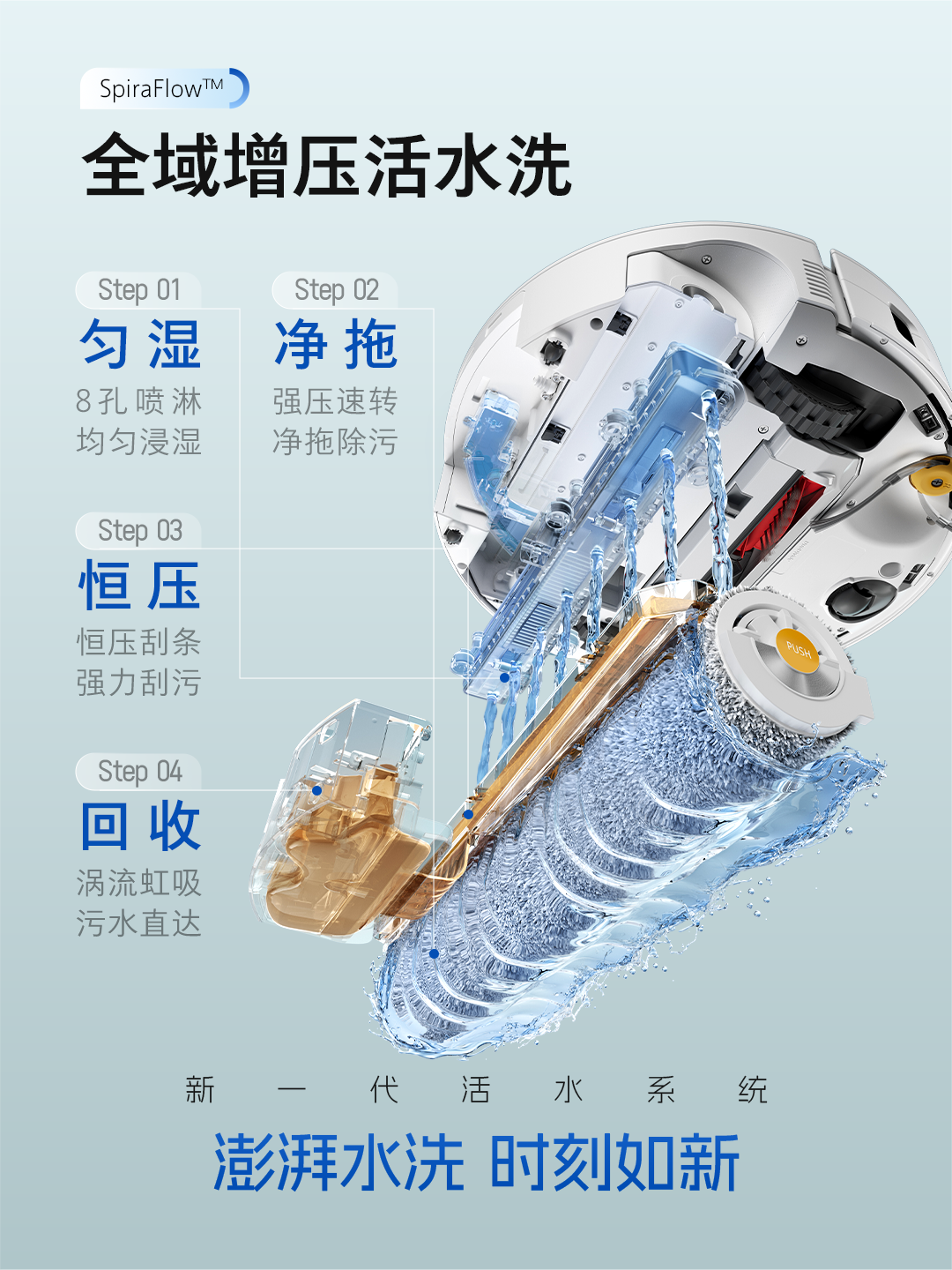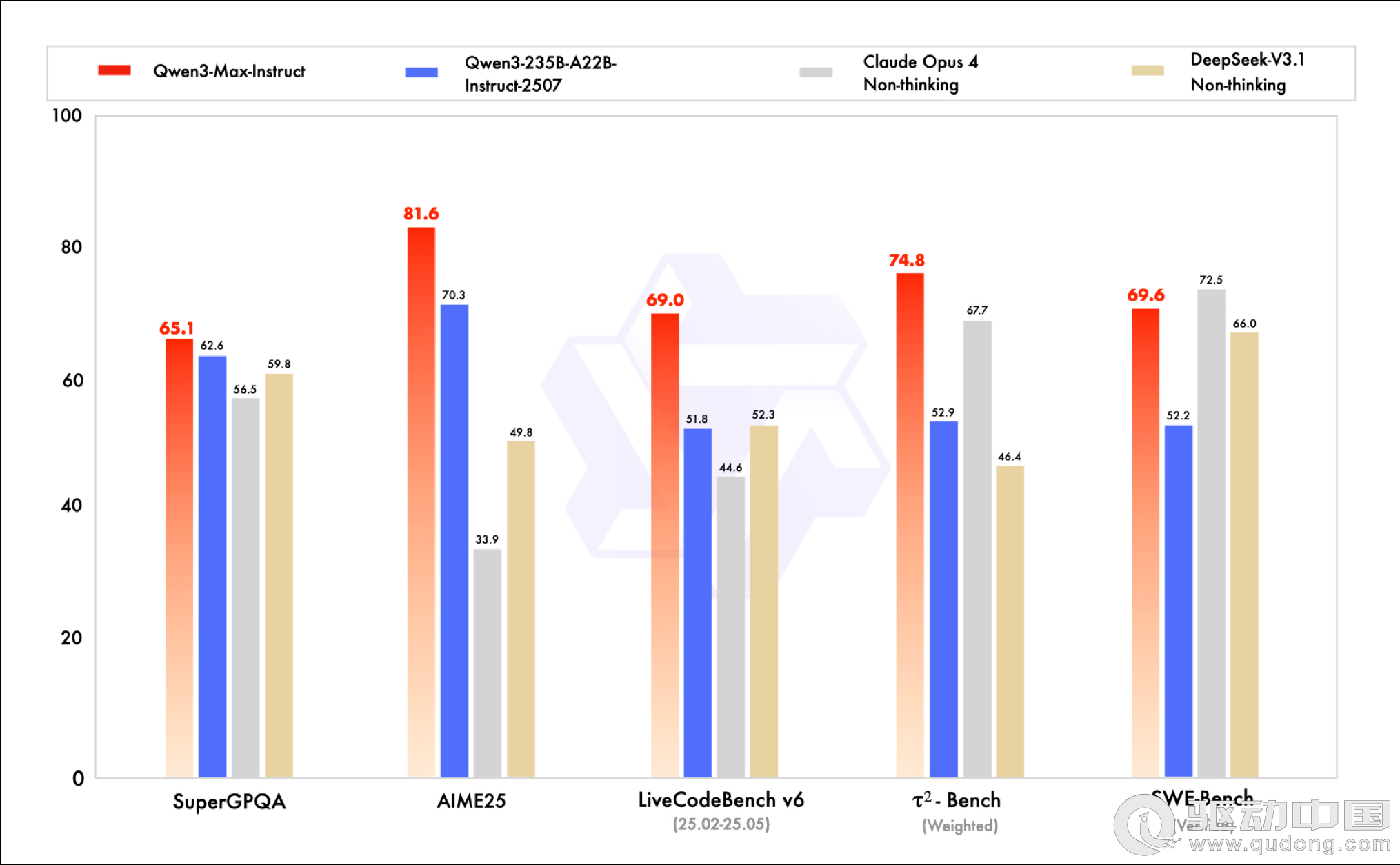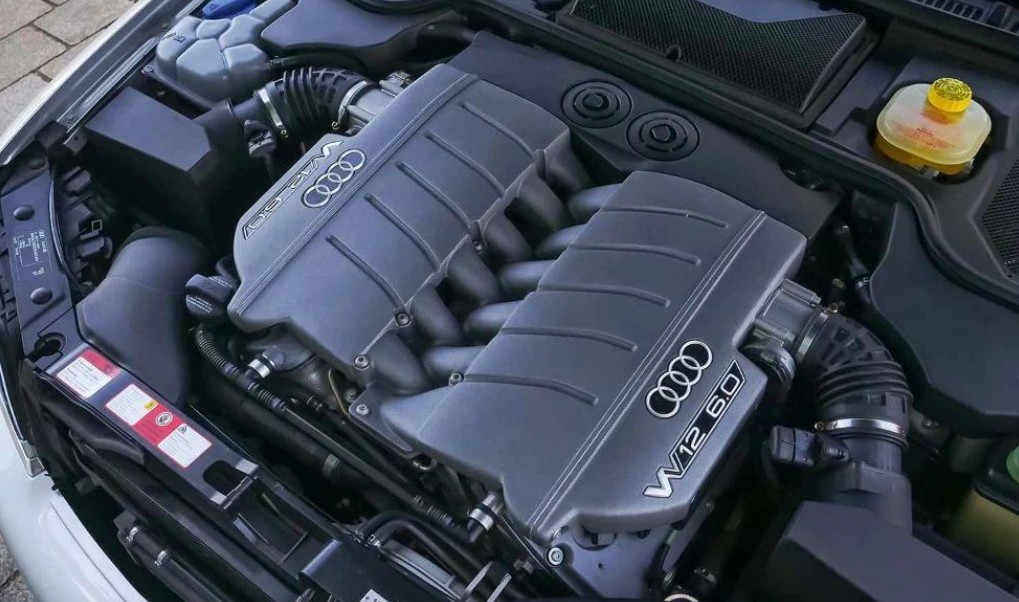删除完全重复和部分关键字段重复的记录
1、第一种重复很容易解决,不同数据库环境下方法相似:
Mysql
create table tmp select distinct * from tableName;
drop table tableName;
create table tableName select * from tmp;
drop table tmp;
SQL Server
select distinct * into #Tmp from tableName;
drop table tableName;
select * into tableName from #Tmp;
drop table #Tmp;
Oracle
create table tmp as select distinct * from tableName;
drop table tableName;
create table tableName as select * from tmp;
drop table tmp;
发生这种重复的原因是由于表设计不周而产生的,增加唯一索引列就可以解决此问题。
2、此类重复问题通常要求保留重复记录中的第一条记录,操作方法如下。 假设有重复的字段为Name,Address,要求得到这两个字段唯一的结果集
Mysql
alter table tableName add autoID int auto_increment not null;
create table tmp select min(autoID) as autoID from tableName group by Name,Address;
create table tmp2 select tableName.* from tableName,tmp where tableName.autoID = tmp.autoID;
drop table tableName;
rename table tmp2 to tableName;
SQL Server
select identity(int,1,1) as autoID, * into #Tmp from tableName;
select min(autoID) as autoID into #Tmp2 from #Tmp group by Name,Address;
drop table tableName;
select * into tableName from #Tmp where autoID in(select autoID from #Tmp2);
drop table #Tmp;
drop table #Tmp2;
Oracle
DELETE FROM tableName t1 WHERE t1.ROWID > (SELECT MIN(t2.ROWID) FROM tableName t2 WHERE t2.Name = t1.Name and t2.Address = t1.Address);
说明:
1. MySQL和SQL Server中最后一个select得到了Name,Address不重复的结果集(多了一个autoID字段,在大家实际写时可以写在select子句中省去此列)
2. 因为MySQL和SQL Server没有提供rowid机制,所以需要通过一个autoID列来实现行的唯一性,而利用Oracle的rowid处理就方便多了。而且使用ROWID是最高效的删除重复记录方法。
评论 {{userinfo.comments}}
-
{{child.nickname}}
{{child.create_time}}{{child.content}}






{{question.question}}
提交
传闻苹果屏下识别技术取得进展 iPhone18系列或首发小号灵动岛
效率与颜值兼得,华为MatePad Air 2025款解锁年终高效生产力体验
昨夜今晨:DeepSeek V3.2发布 东方甄选新增外卖业务 罗永浩宣布召开科技春晚
是巨幕平板,更是性能电脑,华为首款鸿蒙二合一5999元起售
驱动号 更多














































